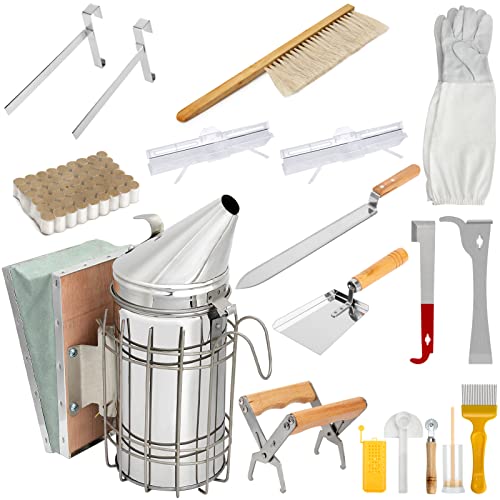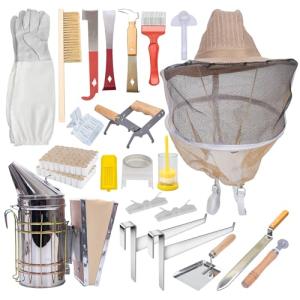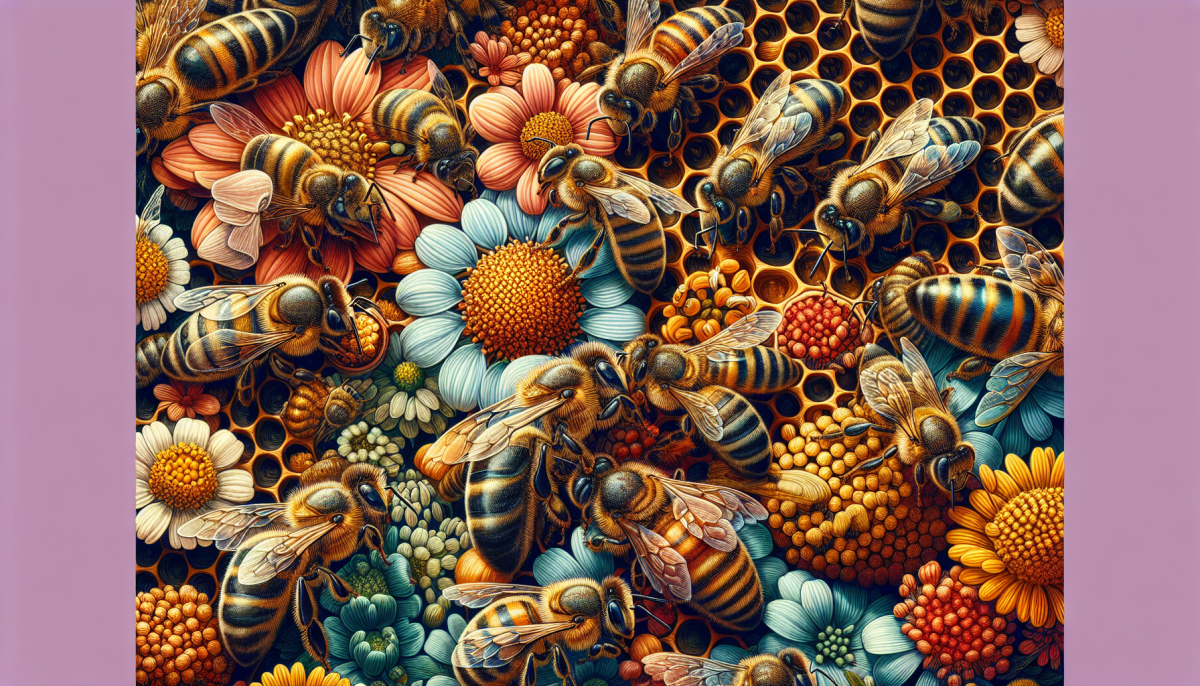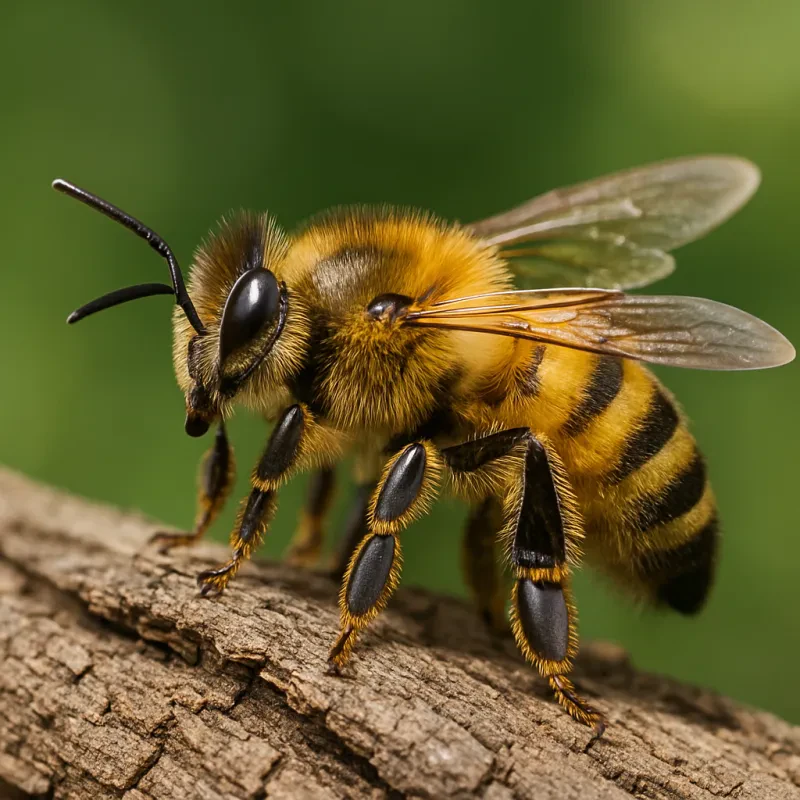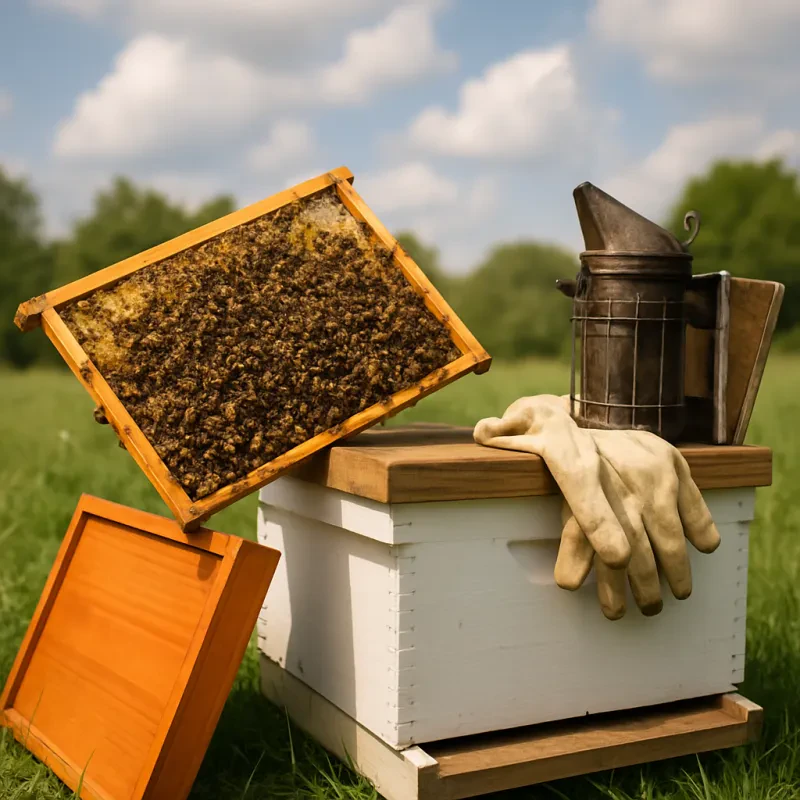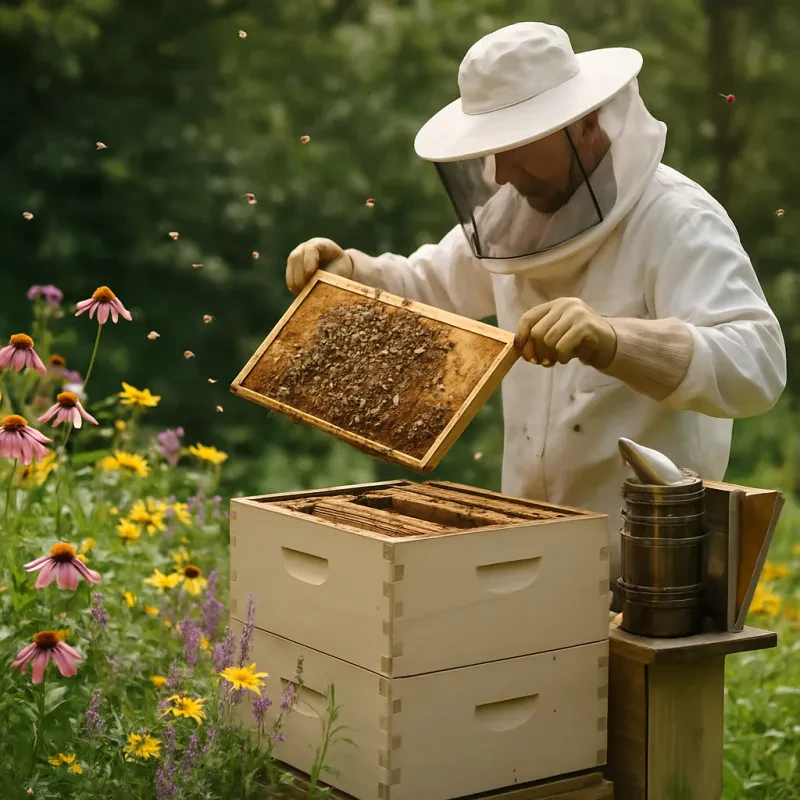Apis mellifera mellifera, often known as the European dark bee, plays a crucial role in our ecosystems. These bees are well-adapted to colder climates, making them particularly hardy and resilient. They are excellent forager bees, meaning they cover large distances to gather nectar and pollen, which helps support both their colonies and local plant life.
One fascinating feature of apis mellifera mellifera is their temperament. They tend to be less aggressive than some other bee species, which makes them easier to manage for beekeepers. This gentler nature can be a huge plus, especially for those just starting in beekeeping. It’s nice to know you can work around your hives without too much worry about being stung.
These bees are also known for their impressive honey production. Apis mellifera mellifera can create a rich, dark honey that's packed with flavor and nutrients. If you’re considering beekeeping, having this species means you can look forward to harvesting some delicious honey while also enjoying the benefits of helping the environment.
When it comes to colony structure, apis mellifera mellifera has a classic setup with a queen bee, worker bees, and drones. The queen is the heart of the colony, responsible for laying eggs, while the worker bees take care of foraging, nursing, and maintaining the hive. This social structure is one of the reasons behind their success as a species, allowing them to thrive in various environments.
Life Cycle of Honey Bees
The workers take care of the larvae by feeding them a special mix of honey and pollen known as "bee bread." As the larvae grow, they go through several molts before spinning a cocoon around themselves, entering the pupae stage. This phase is crucial, as the larvae transform into adult bees. Depending on the needs of the colony, these bees will become workers, drones, or, if the conditions are right, another queen.
After about 12 days, the worker bees emerge, ready to start their roles. Worker bees do all sorts of jobs at various life stages: cleaning the hive, feeding the queen and larvae, and even foraging for nectar and pollen from flowers. The male drones, who are much larger and don’t have stingers, only have one job: to mate with the queen. They don’t participate in foraging or hive maintenance. Once their purpose is fulfilled, they are often ousted from the hive as colder weather approaches.
Speaking of the queen, her life is quite different! She can live for several years, sometimes up to five years, and she’s responsible for laying thousands of eggs throughout her life. This continuous cycle keeps the colony thriving, and that's why understanding the life cycle of apis mellifera mellifera bees is so vital for beekeepers and nature lovers alike. Each stage is crucial for maintaining the health and productivity of the hive, ultimately contributing to our ecosystem.
Importance of Bees in Our Ecosystem
Bees, especially apis mellifera mellifera, play a vital role in our ecosystem. These amazing little creatures help pollinate flowers, fruit trees, and vegetables, allowing plants to reproduce. Without bees, many of the foods we love – like apples, almonds, and strawberries – would become scarce. In fact, about one-third of the food we eat relies on pollinators like bees!
But it’s not just about food. Bees also contribute to the health of our ecosystems. As they pollinate, they help sustain a variety of other wildlife by nurturing diverse habitats. This ensures that plants grow, which in turn supports other animals, insects, and even the quality of our air and water.
Moreover, apis mellifera mellifera bees are key players in maintaining the balance of our ecosystem. They support biodiversity, which is crucial for resilience against diseases and climate change. More bee species mean more variety in plants, which leads to more stable and healthy ecosystems.
In short, these bees are not just buzzing around for fun; they have a real impact on our planet. Protecting bees and their habitats should be a priority for all of us. After all, when bees thrive, we all thrive! Let's celebrate their role in nature and do our part to keep them safe.
Caring for Your Local Bee Populations
Plant Bee-Friendly Flowers:
Bees love flowers! Plant a variety of native, nectar-rich blooms. Think clover, sunflowers, and lavender. These types attract apis mellifera mellifera and provide them with the food they need. Try to have blooms throughout the growing season to keep them fed all year round.
Avoid Chemicals:
Pesticides can be harmful to bees. Instead of reaching for chemical sprays, consider natural pest control methods. If you must use something, opt for organic options and apply them in the evening when bees are less active.
Provide Water Sources:
Bees need water too! Set out shallow dishes filled with water and put pebbles in them. This gives bees somewhere to land and sip without the risk of drowning. It's a small but vital contribution to their well-being.
Support Local Beekeepers:
Buying honey and beeswax from local beekeepers helps keep those hives thriving. Plus, you get delicious, fresh products that support your community. Learning about local beekeeping can also deepen your appreciation for apis mellifera mellifera and their importance.

